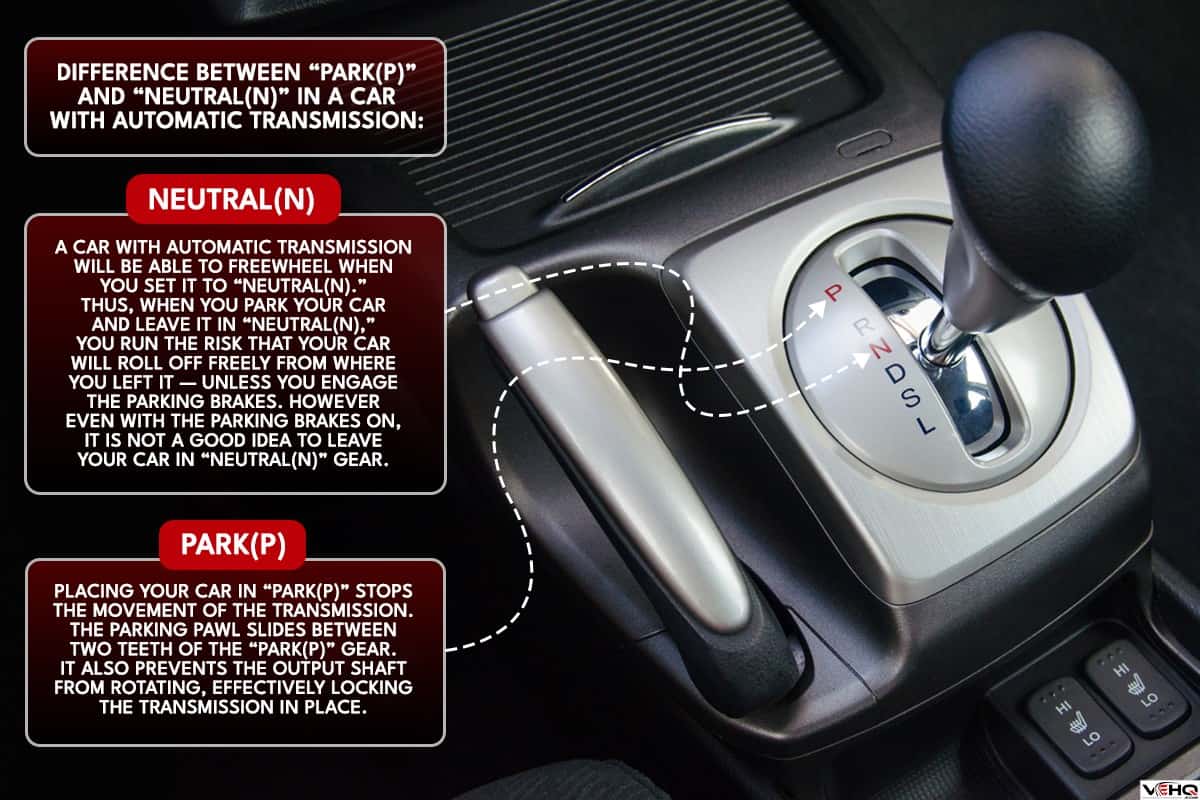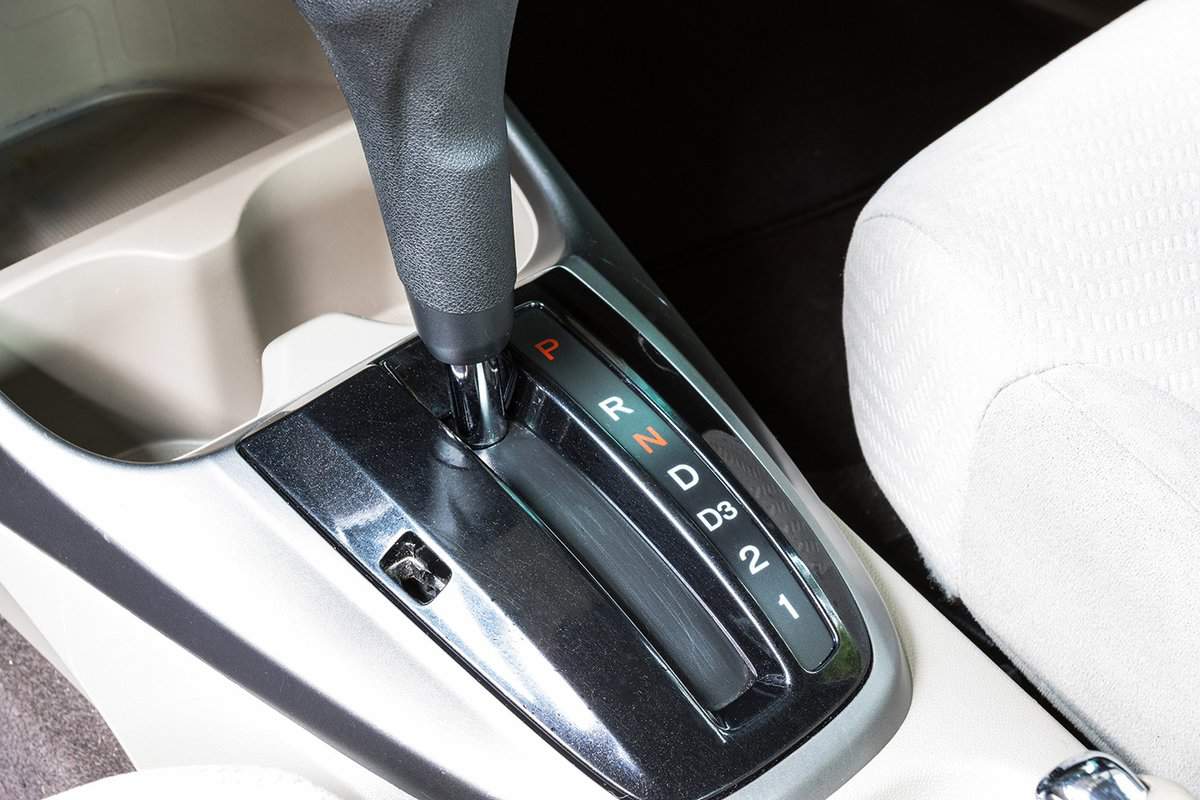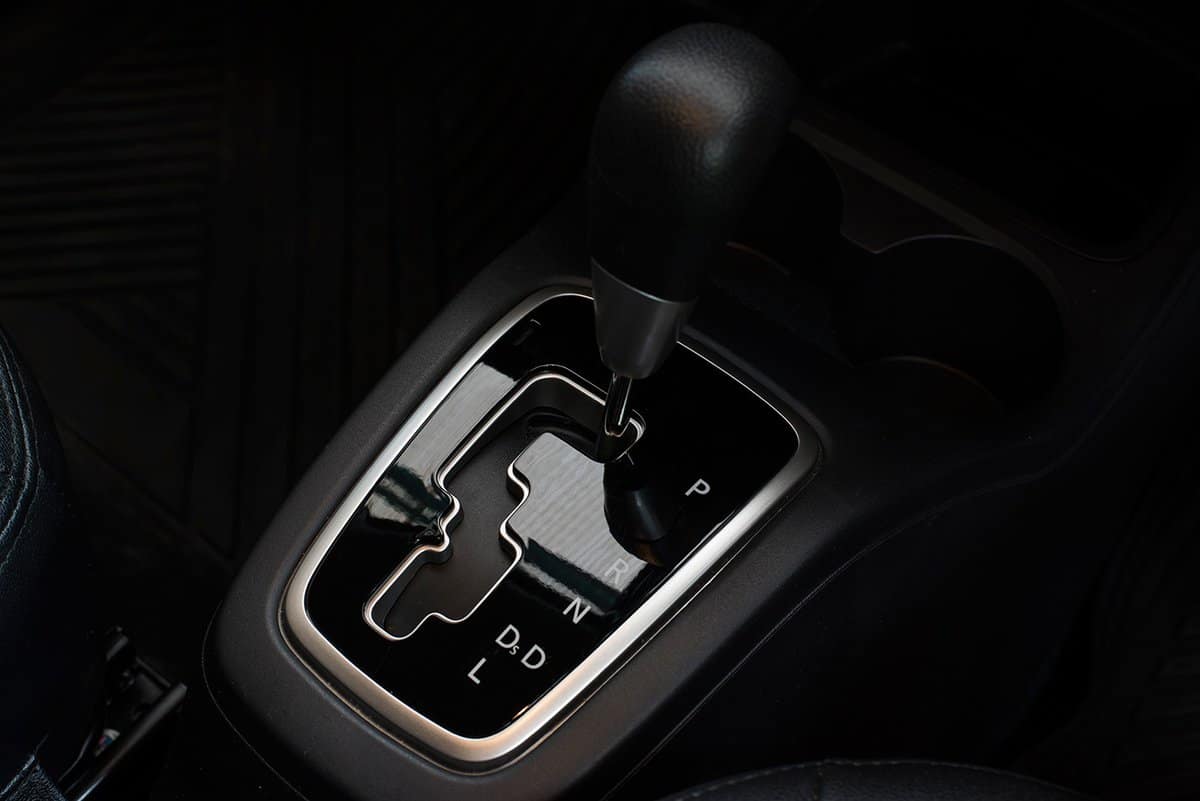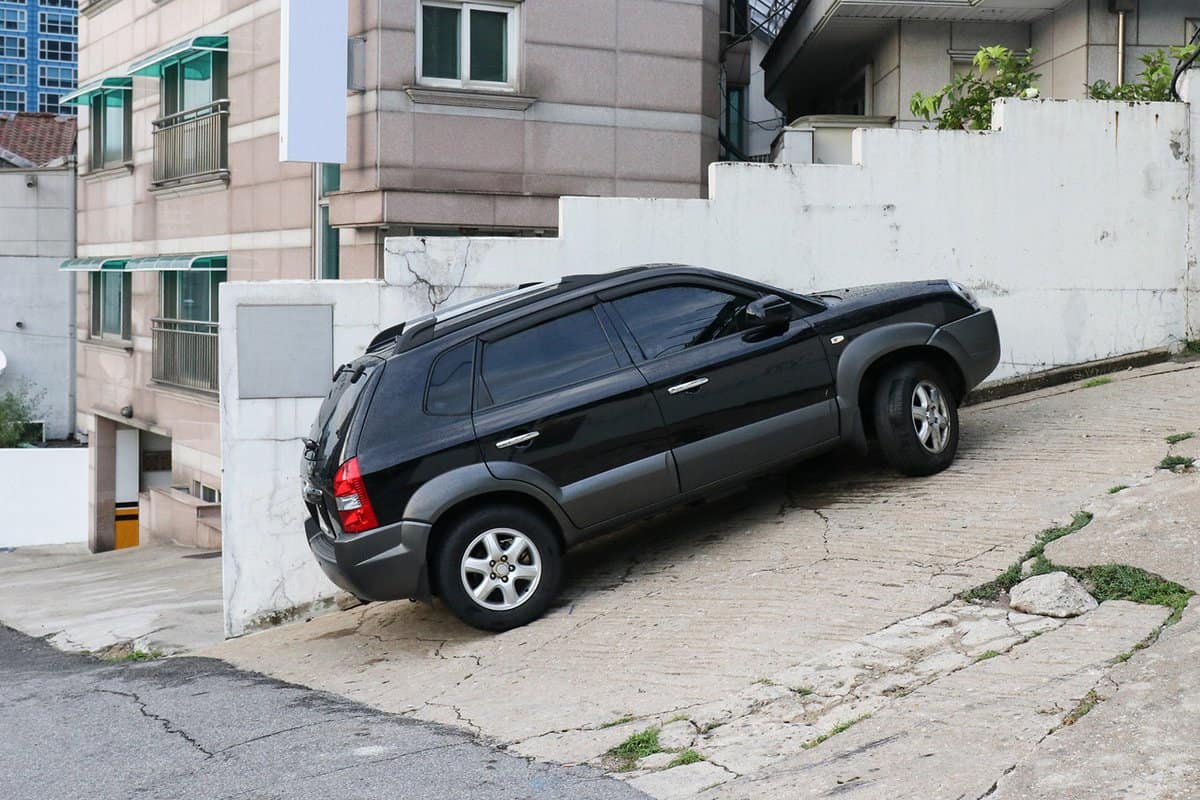Are you hearing noise whenever you put your car in “Park(P),” and you want to know what is causing it and what you can do about it? You’ve come to the right place, for we have researched this question, and we have the answer for you.
A common cause of noise when you place your car into “Park(P)” is when it is not completely immobile when shifting gears.
When your car is still moving, the gear of the “Park(P)” system is also moving, and when you shift it to “Park[P],” the gear will rub against the pawl that slides between the teeth of the gear to immobilize it, creating the noise.
To prevent this, make sure that your car is at a complete stop before you shift it into “Park[P].”
Let’s talk more about the other possible reasons why you are hearing noise when you shift your car to “Park[P]” in the succeeding sections. Learn some best practices to prevent the noise and help maintain the health of your car’s shifter in the sections below.
Read on!
What is the difference between “Park[P]” and “Neutral[N]” in a car with automatic transmission?

A car with automatic transmission will be able to freewheel when you set it to “Neutral[N].”
Thus, when you park your car and leave it in “Neutral[N],” you run the risk that your car will roll off freely from where you left it—unless you engage the parking brakes. However, even with the parking brakes on, it is not a good idea to leave your car in “Neutral(N)” gear.
On the other hand, placing your car in “Park[P]” stops the movement of the transmission. The parking pawl slides between two teeth of the “Park[P]” gear. It also prevents the output shaft from rotating, effectively locking the transmission in place.
The parking pawl can prevent your car from rolling off when you park it.
However, it is still a good idea to engage the parking brake when you park your car to serve as the primary braking system, while the parking pawl will serve as a backup system in case the parking brake is loose.
When to use “Park[P]” in an automatic car?

You use “Park[P]” when you stop your car, and you’re getting out. It is the gear that you should use whenever you leave your car to prevent it from rolling off.
Again, you should always supplement putting your car into “Park[P]” with the parking brake.
Why does my car make noise when put in “Park(P)”?
Here are the different situations that will cause your car to make noise when you put it in “Park[P].” The sections below include tips to help preserve the health of your transmission.
Shifting To “Park[P]” While Car Is Still Moving

Some people think that “Park[P]” is the same as “Neutral[N]” and that it is OK to shift to “Park[P]” while your car is still moving. Unfortunately, this is not true.
As mentioned earlier, shifting to “Park[P]” while your car is still moving will cause the parking pawl to rub against the teeth of the parking gear. If you do this often, it will eventually strip the teeth of the parking gear and the parking pawl. This leads to premature wear.
Both parts are components of your car’s transmission system. Thus, wearing them out prematurely will require transmission repair. In some car models, fixing either the parking gear or the parking pawl will need a transmission rebuild.
A transmission rebuild is an expensive repair.
Parking Pawl On Parking Gear Tooth
When you shift to “Park[P],” sometimes the parking pawl will land on the tip of the teeth of the parking gear. This doesn’t happen a lot, but it does happen.
When you release the brake pedal, the parking pawl will slide down the teeth of the parking gear and slam into place with a force that is equivalent to the weight of your car. This creates a loud noise when you shift your car into “Park[P].”
There is very little that you can do to prevent this since this situation happens only by chance. However, you can minimize the noise that this phenomenon creates by engaging the parking brakes first, shifting to “Park[P],” and then releasing the brake pedal. The grip of the parking brake will minimize the impact when the parking pawl slides between the teeth of the gear.
Parking On A Slope

When you park on a slope and put your car into “Park[P]” without engaging the parking brakes, the weight of your entire car will be carried by the parking pawl that holds the gear in place.
The strain can produce some noise as you remove your foot from the brake pedal.
In this state, it will be difficult to take your car out of “Park(P)” because the weight of your car is pushing the parking pawl against the teeth of the gear.
The greater the incline of the road, the greater the force that is pushing against your parking pawl and the harder it will be to get it out.
Getting your car out of “Park[P]” will create noise as the parking pawl grinds out of the parking gear while carrying the weight of your car.
Parking your car this way places a lot of unnecessary strain on the transmission because it is the one carrying the weight of your car on that incline. This causes premature wearing of your transmission.
Similar to the previous situation, you can prevent this by engaging the parking brakes before you put your car’s gears into “Park[P].” The parking brakes will hold the weight of your car to make it easier to slide in and out of “Park[P].”
The habit of engaging the parking brakes before putting your car into “Park[P]” helps maintain your transmission. Don’t worry about your brakes carrying the weight of your car. Brake pads are made to be expendable, and replacing them is much cheaper than bringing your transmission in for repair.
What are the signs of a faulty parking pawl?
The output shaft of your transmission is connected to the axle of your wheels. It receives the power from the engine and passes it to the wheels of your car.
The parking gear is connected to the output shaft of your car. When you put your car into “Park[P],” the parking pawl slides between the teeth of the parking gear to lock it in place. The parking pawl prevents movement of the output shaft in any direction.
A faulty parking pawl or parking gear will have similar symptoms because they should both work to keep your car in place. Think of them as a much more expensive set of brakes for your car.
If your parking pawl is worn out or faulty, your car will slide forward or backward when you park it at an incline. While it is normal for the car to slide a couple of inches after you place it in “Park[P],” sliding too much or a continuous slide is no longer normal.
When this happens, this means that you have a faulty parking pawl or worn-out parking gear.
Bring your car to a mechanic to check the issue and fix the problem for you.
What causes the parking pawl to fail?

If you have a habit of not engaging the parking brakes when you park your car, then the parking pawl in your car will eventually wear out. A faulty parking pawl makes the “Park[P]” gear less and less effective the more the parking pawl wears out.
The unfortunate truth is that there are drivers that use the transmission’s “Park[P]” as the parking brake. This places an unnecessary burden on the parking pawl and the output shaft of your car. The strain on these two parts is greater when you park on an incline.
The greater the incline, the greater the resulting strain that leads to premature wear of the pawl.
How to prevent premature wear of the parking pawl?
Changing your parking habits is the best way to prevent premature wear on your parking pawl and parking gear.
Make it a habit to always engage your parking brakes as the first step when parking your car. Next, release the brake pedal.
Releasing the brake pedal after you engage the parking brake will allow your car to transfer its weight to the parking brakes. This is especially important when you’re parking on an incline. You will feel your car slide slightly after releasing the brake pedal.
Step on the brake pedal once more so that you can put your car in “Park[P],” then release the brake pedal once more. Since the weight of your car is now held by the parking brakes, putting your car in “Park[P] will no longer place the strain of carrying the weight of your car on the parking pawl.
You will be able to more easily shift your gear out of “Park[P],” too, even when your car is on an incline.
Conclusion
While some of the noise that you hear when you put your car in “Park[P]” is normal, the rest comes from parking habits that can affect the health of your car’s parking pawl and the output shaft of your transmission.
If you enjoyed reading this article, you might find the articles below equally enjoyable to read:
